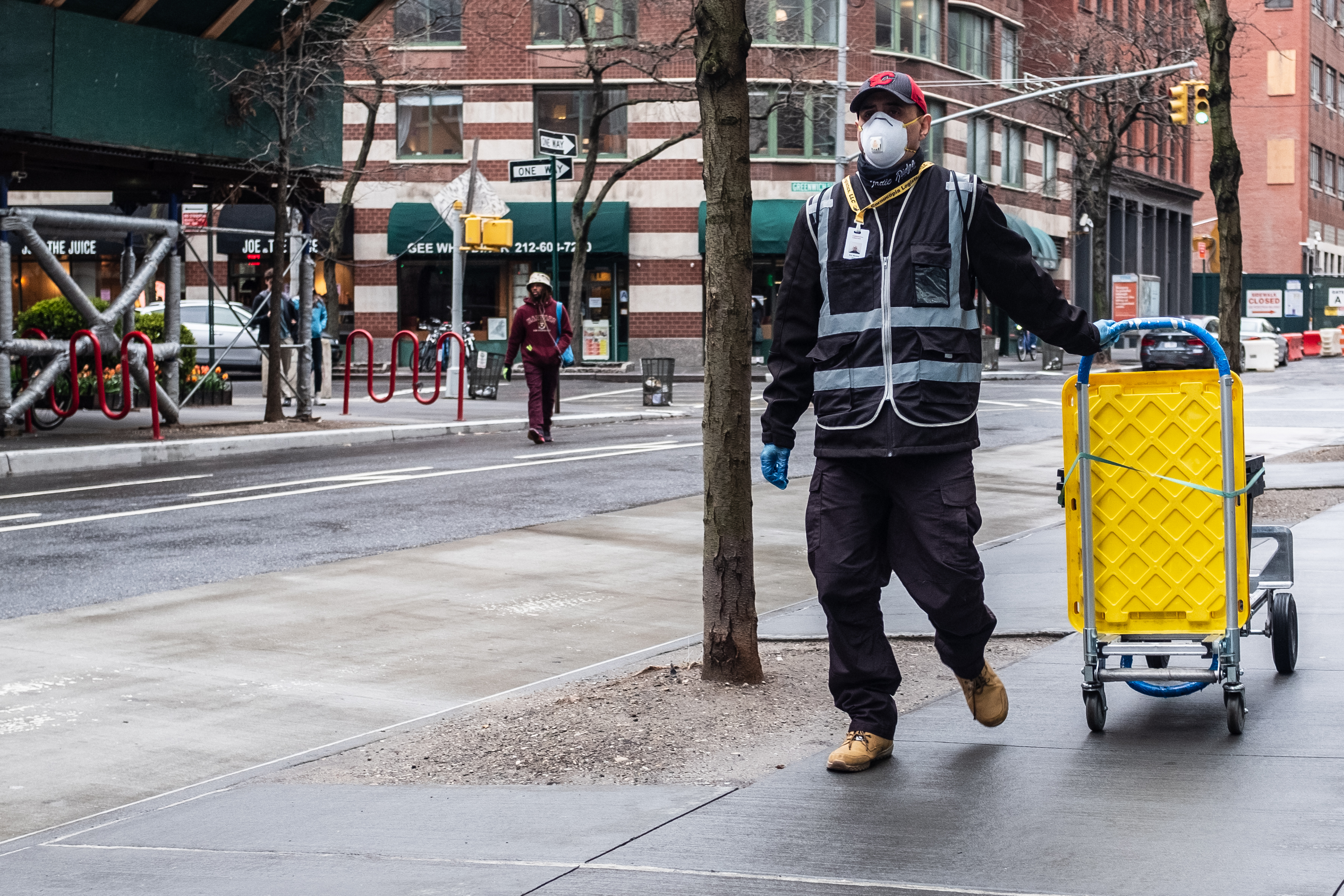
By Kate Fintel
Among the side effects of the global COVID-19 pandemic is economic distress. As of June 2020, it was estimated that by the time the pandemic ends, an estimated 195 million full-time jobs will have been eliminated. What does this mean? Well, in the least, according to the World Bank’s recent prediction, some 70 million people worldwide will have been driven into extreme poverty. Nearly a year later, it is clear that the effects of COVID-19 may have forever shifted some aspects of the labor market.
And that’s just in the extreme. There’s no telling how many more will continue to experience significant financial insecurity. We can guess that figure is far more staggering; after all, of those workers who have maintained their employment, four out of five, or roughly 81%, in the global workforce of 3.3 billion, are currently facing some professional, and thus financial, impact, be it a temporary furlough or a wage or working hours reduction. How exactly this statistic will play out with respect to quality of life after the pandemic… well, only time will tell, depending on the magnitude and duration of these scale backs.
Because formal sector employers have closed businesses and cut employees, permanently or temporarily, an employment vacuum has emerged. And who exactly has taken advantage of this vacuum? Unscrupulous employers and traffickers; they have further increased their economic activities in the informal sector. They have preyed on the very workers who have been laid off, furloughed from, or given reduced pay by formal sector employers and, thus, were vulnerable to the pull of unregulated informal sector jobs.
Though the formal sector is not immune to perverse practices, the unregulated informal sector is really where labor exploitation and trafficking run rampant on the global stage. And because the pandemic has fueled that sector’s expansive growth, we can only assume that perverse labor practices are soaring, too. Making matters even worse: The pandemic is also curtailing the efficacy of social services providers, which support and help identify human trafficking survivors. An OSCE and UN survey revealed that that the diversion of funding during the COVID-19 pandemic is forcing anti-trafficking organizations to close their shelters, without which survivors risk homelessness and, thus, become more vulnerable to labor exploitation, abuse, and trafficking.
In light of all of this, there is no doubt that one devastating effect of the pandemic is the intensification and increase of labor trafficking globally. We can only hope that in the pandemic’s aftermath, as the global economy recuperates, nations worldwide focus on recovering responsibly – that is, with mindful attention to creating jobs while reducing the risks of coerced and forced labor.
